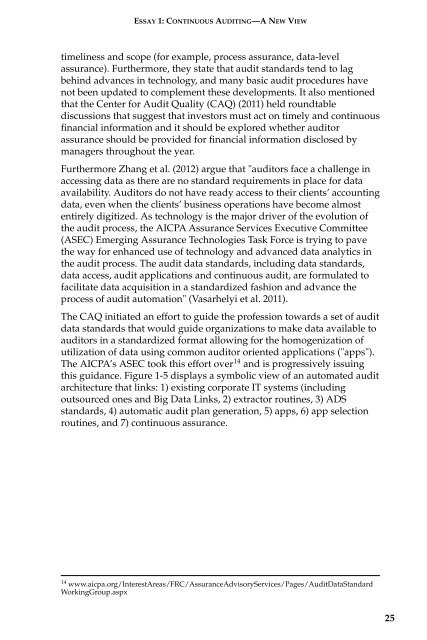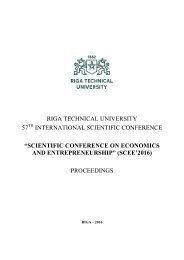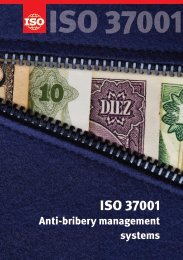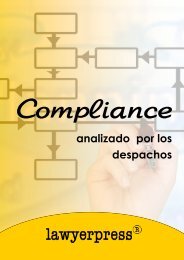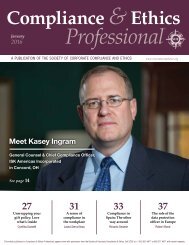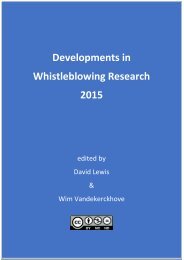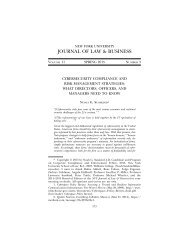AUDIT ANALYTICS AUDIT
x8YaD9
x8YaD9
- No tags were found...
You also want an ePaper? Increase the reach of your titles
YUMPU automatically turns print PDFs into web optimized ePapers that Google loves.
ESSAY 1: CONTINUOUS <strong>AUDIT</strong>ING—A NEW VIEW<br />
timeliness and scope (for example, process assurance, data-level<br />
assurance). Furthermore, they state that audit standards tend to lag<br />
behind advances in technology, and many basic audit procedures have<br />
not been updated to complement these developments. It also mentioned<br />
that the Center for Audit Quality (CAQ) (2011) held roundtable<br />
discussions that suggest that investors must act on timely and continuous<br />
financial information and it should be explored whether auditor<br />
assurance should be provided for financial information disclosed by<br />
managers throughout the year.<br />
Furthermore Zhang et al. (2012) argue that "auditors face a challenge in<br />
accessing data as there are no standard requirements in place for data<br />
availability. Auditors do not have ready access to their clients’ accounting<br />
data, even when the clients’ business operations have become almost<br />
entirely digitized. As technology is the major driver of the evolution of<br />
the audit process, the AICPA Assurance Services Executive Committee<br />
(ASEC) Emerging Assurance Technologies Task Force is trying to pave<br />
the way for enhanced use of technology and advanced data analytics in<br />
the audit process. The audit data standards, including data standards,<br />
data access, audit applications and continuous audit, are formulated to<br />
facilitate data acquisition in a standardized fashion and advance the<br />
process of audit automation" (Vasarhelyi et al. 2011).<br />
The CAQ initiated an effort to guide the profession towards a set of audit<br />
data standards that would guide organizations to make data available to<br />
auditors in a standardized format allowing for the homogenization of<br />
utilization of data using common auditor oriented applications ("apps").<br />
The AICPA’s ASEC took this effort over 14 and is progressively issuing<br />
this guidance. Figure 1-5 displays a symbolic view of an automated audit<br />
architecture that links: 1) existing corporate IT systems (including<br />
outsourced ones and Big Data Links, 2) extractor routines, 3) ADS<br />
standards, 4) automatic audit plan generation, 5) apps, 6) app selection<br />
routines, and 7) continuous assurance.<br />
14 www.aicpa.org/InterestAreas/FRC/AssuranceAdvisoryServices/Pages/AuditDataStandard<br />
WorkingGroup.aspx<br />
25


